Ongcheon 21segi Jjinppang (옹천21세기찐빵)
0m 50 2021-03-24
959-7, Gyeongbuk-daero, Andong-si, Gyeongsangbuk-do
+82-54-859-7058
This is a place where you can enjoy unique steamed bread at an affordable price. This restaurant's signature menu is steamed bun with red bean filling. This Korean dishes restaurant is located in Andong-si, Gyeongsangbuk-do.
Buda de Pie Tallado en la Roca de Icheon-dong en Andong (안동 이천동 마애여래입상)
882.5263269412263m 2229 2021-05-04
Icheon-dong, Andong-si, Gyeongsangbuk-do.
Es una estatua de Buda esculpida en piedra, en cuyo lugar se ubicaba antigüamente el templo Yeonmisa. Sin embargo, en la actualidad, en sus cercanías se ha construido la ermita Jebiwon, por lo que en ocasiones se le llama "Estatua budista de Jebiwon". Es una maravillosa obra de escultura, trabajada en una enorme roca que apunta hacia el oeste, lo más peculiar de esta pieza es que por encima del cuerpo se ha colocado la cabeza del Buda, que supuestamente fue trabajada por separado. Aunque la parte posterior de la cabeza presenta pequeñas deformaciones por daños, en general, se encuentra bien conservada. Esta técnica de esculpir primero el cuerpo y luego trabajar la cabeza y colocarla por encima fue un mecanismo que estuvo de moda durante la era de Goryeo, y debido a los formatos y detalles de la pieza, se supone que es una obra perteneciente al siglo XI.
Jebiwon Garden (제비원가든)
1.1 Km 17 2021-03-24
649-2, Jebiwon-ro, Andong-si, Gyeongsangbuk-do
+82-54-855-5455
It is a place where you can enjoy various kinds of good Korean soup. This Korean dishes restaurant is located in Andong-si, Gyeongsangbuk-do. The representative menu is short rib soup.
Seoksong Garden (석송가든)
1.7 Km 58 2021-03-30
539-23, Jebiwon-ro, Andong-si, Gyeongsangbuk-do
+82-54-841-7000
A place with group seats and individual rooms, it is a restaurant well-known for its steamed carp with spicy sauce and bean sprouts. This Korean dishes restaurant is located in Andong-si, Gyeongsangbuk-do. The representative menu is braised carp.
Hakbongjongtaek [Korea Quality] / 학봉종택 [한국관광 품질인증]
3.0 Km 5944 2023-04-13
2830-6, Pungsantaesa-ro Seohu-myeon, Andong-si, Gyeongsangbuk-do
+82-54-852-2087, +82-10-6811-1106
'Hakbong Head House is the head house of the Uiseong Kim clan and was originally built near Sogyeseodang Village School by Kim Gwang-chan, an 8th-generation descendant of Hakbong Kim Seong-il, in 1762. In 1964, the house was moved to its current location.
The main building (bonchae) was extended from a ‘ㅁ’-shaped structure to a ‘巳’–shape structure. The anchae (women’s quarters) consists of a daecheong (main floored room) measuring 2-kan (a unit of measurement referring to the distance between two columns) on the right, an anbang measuring 2-kan on the left, and kitchen at the end. The upper part of the low-ceilinged kitchen has a gobang (storeroom) in which household goods used to be stored. The daecheong is large compared to the overall size of the house because head houses usually held many ancestral rites.
The Hakbong Head House has an impressive modern garden that was created during construction work carried out when the house was relocated after the Japanese colonial era. The well-maintained garden with its fantastically-shaped trees and rocks also serves as a venue for musical concerts on a regular basis. Guests will surely be fascinated to find out about the history of the people who once inhabited this house and dedicated themselves to the country in times of trouble.
An dong gotak Esanru [Korea Quality] / 안동고택 이상루 [한국관광 품질인증]
3.1 Km 14593 2020-09-10
3193-6, Pungsantaesa-ro Seohu-myeon, Andong-si, Gyeongsangbuk-do
+82-54-843-3328 / +82-10-3522-1542
'Andong City in Gyeongsangbuk-do Province is a town of culture and folk traditions where one can trace the long history of eminent families. It is also a symbol of time-honored tradition to the extent that the name Andong reminds people of traditional Korean hanok houses. Isangru, an ancient hanok house with a history of 2,590 years, located in the foothills of Mt. Cheondeungsan, served as a venue for the memorial rite for Kim Seon-pyeong, the progenitor of the Andong Kim clan and a meritorious government official during the reign of King Taejo of the Goryeo Dynasty. Isangru, meaning ‘a tall majestic building built on frosty ground’, is a two-story wooden building with a tiled roof characterized by elegant curves that form a half-hipped shape when viewed from the side. The house consists of two accommodations, Taejangtaesa and Isangru, arranged in a ‘ㅁ’ shape. The large door located in the middle of the ground floor offers an open view of the beautiful natural environment including a pine grove, a pond, and wild flowers. Built in 1750, this hanok house shows its age in its wooden pillars, stone walls, and interiors decorated with wooden engraving on the handrail. Guests can stay in a room heated with wood in winter, or in a tent for a different experience in summer. The house has been well maintained with various repair works, and underwent extensive renovations, including the wallpaper and floors, in 2013. Although it is close to a road, the house is surrounded by old trees, creating the impression that it is situated in the middle of a dense forest. A path runs between ancient pine trees on the road leading to the house. There is a pond with water lilies and white lotus flowers in front of the house, while various species of wild flowers including big blue lily turf, plantain lily, montane aster, and asters come into full bloom around the house in their respective seasons. Fully maintained by the Andong Kim clan, Isangru is a large structure that can accommodate many people and is used to hold clan assemblies. This tall building is also used as a venue for concerts, seminars and traditional hands-on experience programs for students, including tea ceremony, masked dance, natural dyeing, hanji (Korean paper) crafts, and filial duty education programs. The house also offers guests a traditional nobleman’s dining table including various wild vegetable dishes for breakfast. Isangru is popular among Korean and foreign guests who want to experience traditional Korean culture or enjoy a relaxing stay with their parents amid beautiful nature. In addition, it is located between Hahoe Folk Village and Dosanseowon Confucian Academy in Andong, and offers easy access to other nearby tourist attractions including Bongjeongsa Temple, which is the oldest wooden building in Korea and is just three minutes’ drive away, and the two-hour-long Dulegil Trail.
Donga Sutbul Galbi (동아숯불갈비)
4.4 Km 21 2021-03-24
277, Jebiwon-ro, Andong-si, Gyeongsangbuk-do
+82-54-857-6942
This is a restaurant with delicious Samgyeopsal (pork belly) and Galbi (ribs). This restaurant's signature menu is grilled ribs. This Korean dishes restaurant is located in Andong-si, Gyeongsangbuk-do.
Byeolcheongung (별천궁)
4.5 Km 51 2021-03-30
141, Bongjeongsa-gil, Andong-si, Gyeongsangbuk-do
+82-54-857-4168
It is a restaurant with a hanok interior. This restaurant's signature menu is set menu with grilled salted mackerel. This Korean dishes restaurant is located in Andong-si, Gyeongsangbuk-do.
Dongseongnu (동성루)
4.5 Km 66 2021-04-05
6-2, Hwangtomaeul, 1-gil, Andong-si, Gyeongsangbuk-do
+82-54-852-1254
A place where you can enjoy a variety of Chinese dishes. This restaurant's signature menu is noodles in nlack nean sauce. This Chinese (cuisine) restaurant is located in Andong-si, Gyeongsangbuk-do.
CHIAMGOTAEK [Korea Quality] / 치암고택 [한국관광 품질인증]
4.5 Km 39329 2023-04-13
297-10, Toegye-ro, Andong-si, Gyeongsangbuk-do
+82-54-858-4411, +82-10-3530-4413
Chiam Old House in Anmak-dong, Andong, Gyeongsangbuk-do is an old traditional Korean house once owned by Lee Man-hyeon(pen name Chiam) who was the 11th-generation descendant of “Toegye” Yi Hwang, one of the most prominent Korean Confucian scholars of the Joseon Dynasty and a high-ranking government official during the reign of King Gojong. This house was originally located in Wonchon-ri, Dosan-myeon but was relocated to its current location in 1976 after a flood caused by the collapse of Andong Dam. Chiam Old House consists of 22 rooms, 5 gates, and 1 detached building. The main building is taller than the detached building. One of the unique features of this detached building is that it has both gable roof and gambrel roof on either side. Listed as Gyeongsangbuk-do Folklore Material No. 11, Chiam Old House now serves as a guesthouse for those wishing to experience an old traditional Korean house. The rooms that are open to guests are “Seongmyeongjae,” “Gyeongeopjae,” and “Nakseongdang.” The large room called “Bakkatchae,” or outer building, is the most comfortable one to stay in for a night, since it's furnished with kitchen, TV, air conditioner, and bathroom. “Seongmyeongjae” means “honesty and integrity” in Korean. It’s an “ondol (Korean floor heating system)” room typical of any traditional Korean house, where you have to sleep on the floor. "Gyeongeopjae" is the most popular one among the guests, and its name means “unselfish and reverent.” The rooms next to the gate called “Ilgeonjae,” “Seokcheonjae,” and “Hakgujae” located along the wall are great places to stay if you want to see the surroundings and the old house at the same time. “Jamnyongdang” on the east side of the main building is named after the small pond in the yard, and it means “to strive to be a man of virtue like the dragon flying in the sky.” There are lots of beautiful flowers in the small garden in complete harmony with the old house and surrounding mountains, making it a great place to take a leisurely walk as you experience the history.
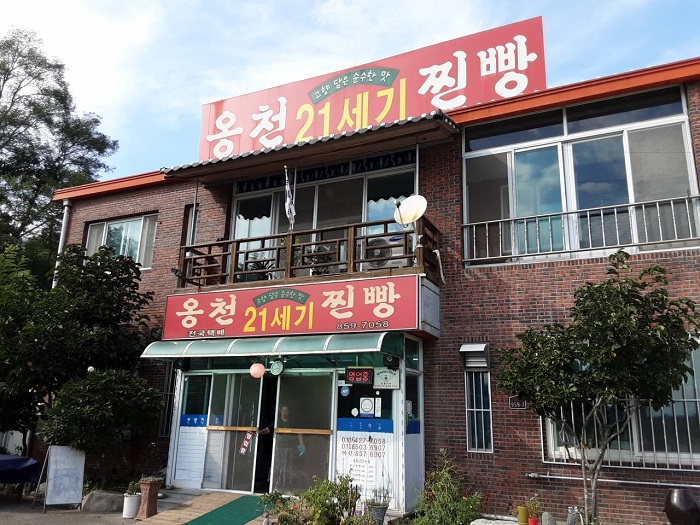
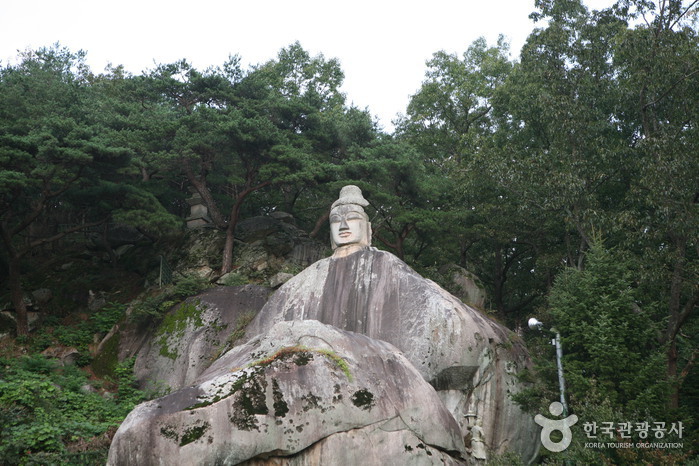
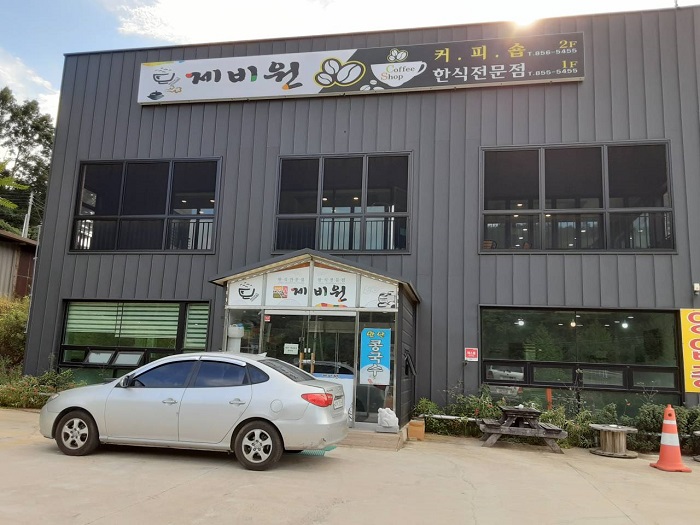
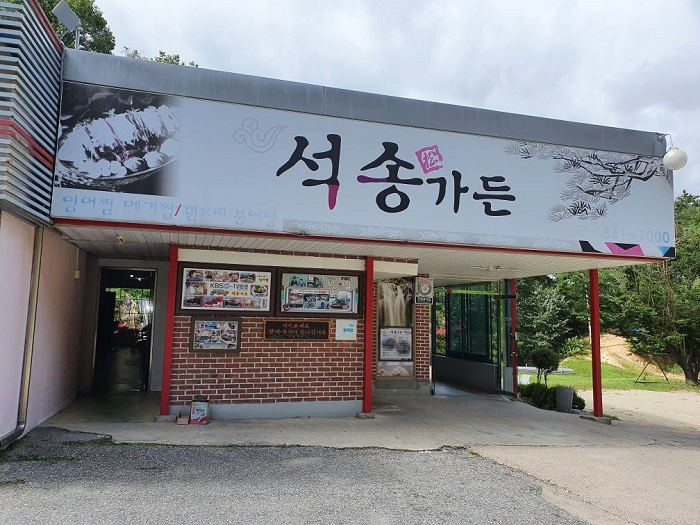
![Hakbongjongtaek [Korea Quality] / 학봉종택 [한국관광 품질인증]](http://tong.visitkorea.or.kr/cms/resource/87/2579587_image2_1.jpg)
![An dong gotak Esanru [Korea Quality] / 안동고택 이상루 [한국관광 품질인증]](http://tong.visitkorea.or.kr/cms/resource/65/2579465_image2_1.jpg)
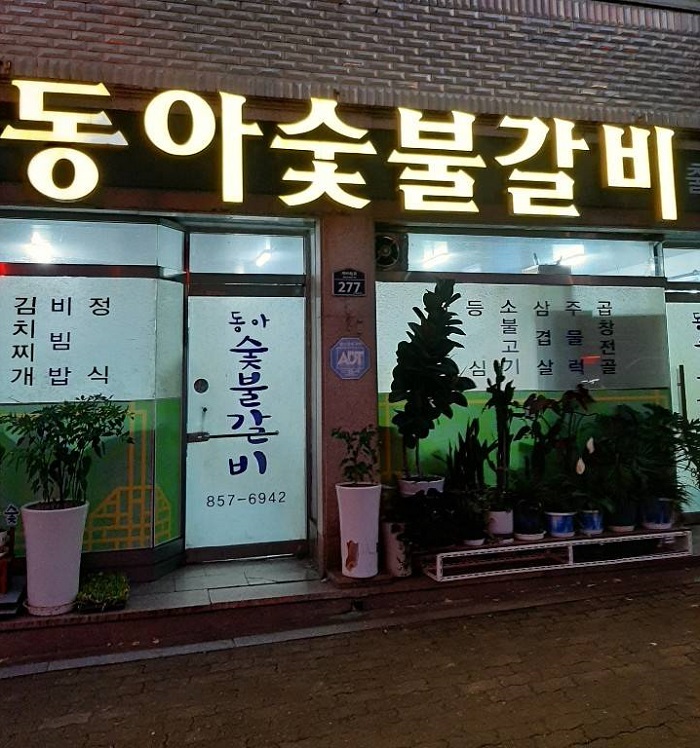
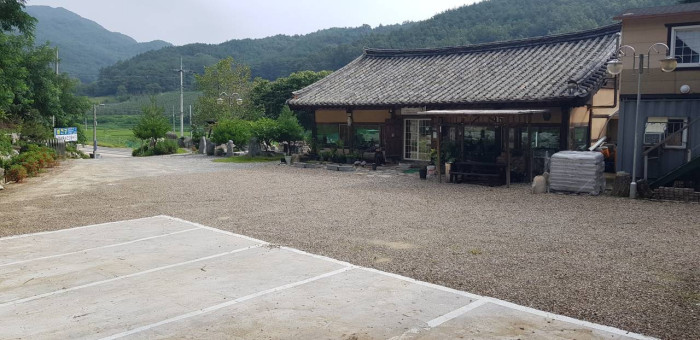
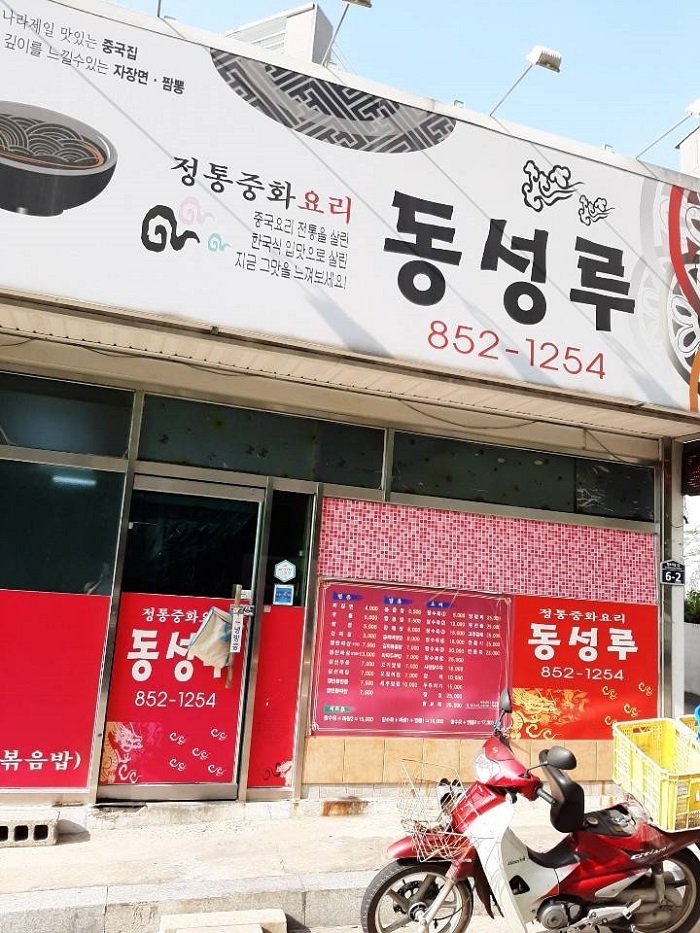
![CHIAMGOTAEK [Korea Quality] / 치암고택 [한국관광 품질인증]](http://tong.visitkorea.or.kr/cms/resource/31/2580131_image2_1.jpg)
 Español
Español
 한국어
한국어 English
English 日本語
日本語 中文(简体)
中文(简体) Deutsch
Deutsch Français
Français Русский
Русский